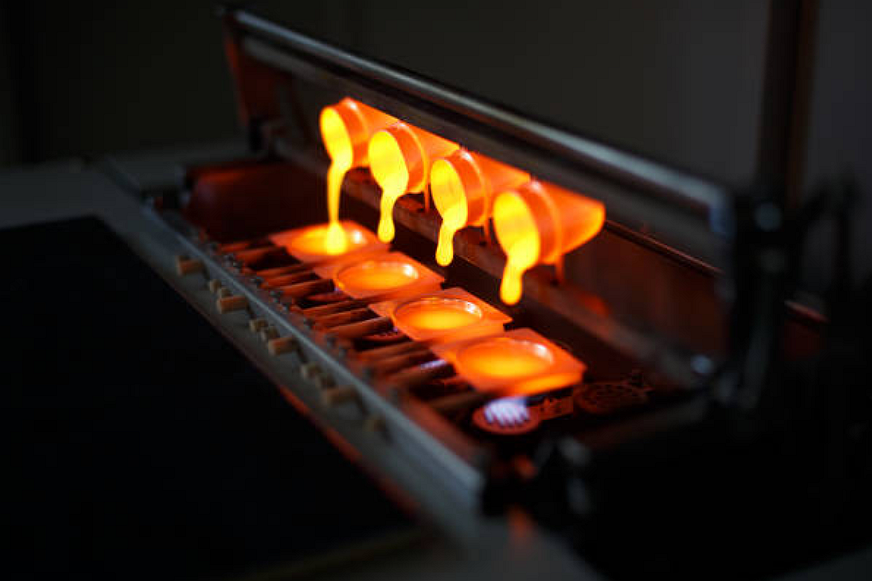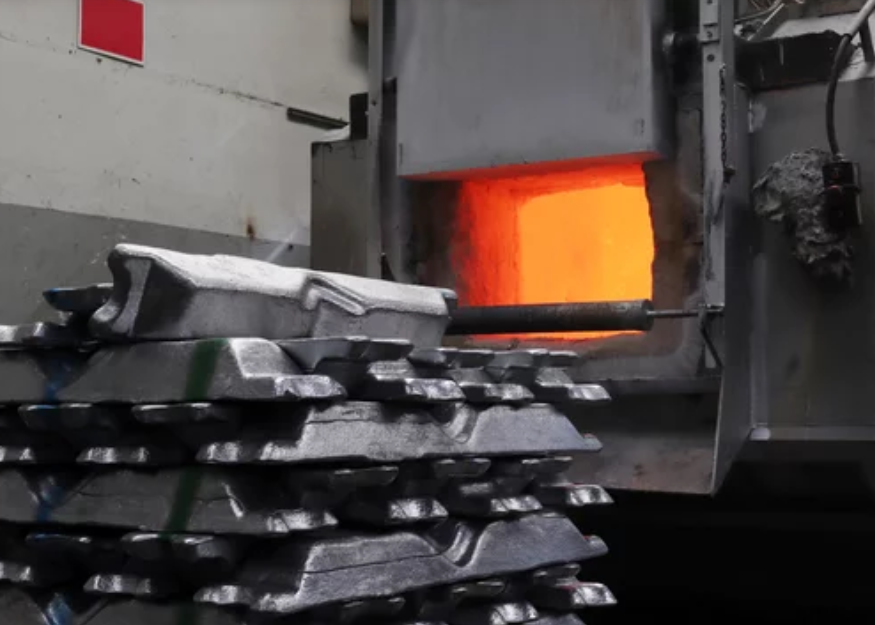What material and coating combos suit turbine parts over 1000°C?
For turbine components operating above 1000 °C, the most robust solutions combine nickel- or cobalt-based superalloys with engineered thermal protection systems. In sectors such as aerospace and energy, Neway typically uses vacuum or investment casting and additive manufacturing to produce complex hot-gas-path parts in advanced superalloys, then applies multi-layer thermal and environmental coatings to achieve the required metal temperatures and lifetimes.
High-Temperature Base Alloys for Turbine Parts
For blades, vanes, and combustor hardware above 1000 °C, nickel-based alloys are usually the starting point. Neway produces hot-section components via investment casting and nickel-based alloy precision casting, and for highly optimized geometries via superalloy 3D printing.
Representative alloys for these regions include cast grades such as Inconel 713LC, Inconel 738, and wrought or powder grades like Inconel 718, Rene 41, Rene 88DT, and Nimonic 80A. For hot wear parts, cobalt alloys such as Stellite 6, Haynes 25, or Haynes 188 are used where hot-corrosion and erosion resistance dominate.
These alloys are typically delivered in carefully controlled heat-treated conditions. Neway validates and stabilizes properties through processes aligned with its heat treatment guidelines to ensure creep strength, low-cycle fatigue resistance, and microstructural stability before any coating is applied.
Thermal and Environmental Coating Systems
Above 1000 °C, bare superalloys alone are insufficient. Neway applies multi-layer thermal protection systems based on its expertise in thermal coating and thermal barrier coatings.
A typical hot-section stack comprises:
A metallic bond coat (e.g. MCrAlY or diffusion aluminide) for oxidation and hot-corrosion resistance, often integrated into the overall heat treatment schedule.
A ceramic topcoat TBC, usually yttria-stabilized zirconia, applied by plasma spray or similar processes to provide the main temperature drop between gas stream and metal substrate.
Optional environmental or sacrificial layers in ultra-aggressive atmospheres, tuned per aerospace or energy duty cycles.
By combining a suitable superalloy core with an optimized TBC system, gas temperatures can exceed 1200 °C while keeping the alloy in a safe temperature window.
Typical Material and Coating Combinations
In practice, Neway engineers often recommend combinations such as:
Inconel 738 + MCrAlY bond coat + TBC for first-stage turbine blades and vanes.
Rene 41 or Rene 88DT + diffusion aluminide + TBC for high-pressure turbine disks, nozzle segments, and structural hot rings.
Hastelloy X or Hastelloy C-276 + oxidation-resistant thermal coating for combustor liners and transition pieces.
Cobalt alloys such as Stellite 6 with tailored thermal coatings for seal segments, wear rings, and valve trim exposed to high-temperature erosion.
When complex internal cooling channels or lattice cores are required, these material–coating systems are implemented on parts produced via 3D printing prototyping, and then scaled to serial investment casting once the design and coating stack are validated.
Design and Validation Considerations
For turbine applications above 1000 °C, the most suitable material/coating combination is always design- and duty-cycle-dependent. Engineers must balance creep strength, oxidation resistance, coating adhesion, and thermal fatigue behavior. Neway typically validates these systems through coupon testing and component-level trials, combining hot-gas exposure with mechanical loading to verify real-world margins before releasing a configuration for production.



